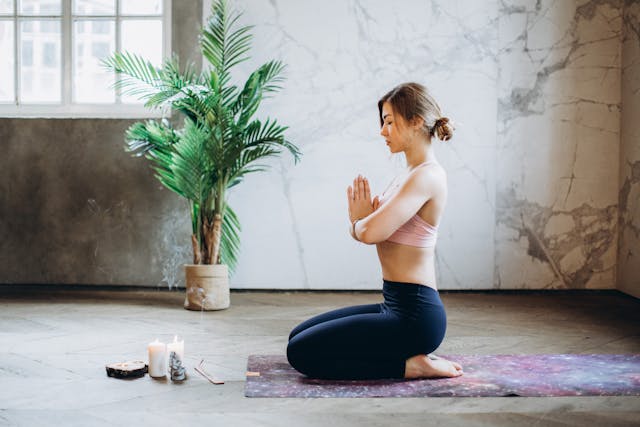Meditation and Prayer: Different Paths to Inner Peace
In today’s fast-paced world, many seek refuge in practices that offer calm, clarity, and a sense of connection. Two of the most profound and time-tested paths to inner peace are meditation and prayer. Though they differ in method and intent, both practices invite us to pause, reflect, and reach beyond the surface of everyday life.

What Is Meditation?
Meditation is often described as the practice of focused attention and mindfulness. Rooted in spiritual traditions like Buddhism, Hinduism, and Taoism, it has also become a secular tool for reducing stress and enhancing mental clarity.
Common Forms of Meditation Include:
-
Mindfulness Meditation: Observing thoughts, feelings, and sensations without judgment.
-
Mantra Meditation: Repeating a word or phrase to focus the mind.
-
Breath Awareness: Using the rhythm of breathing as an anchor for presence.
-
Visualization: Focusing on mental images that inspire calm or purpose.
The goal isn’t to “empty the mind,” but to become aware—of your thoughts, your body, and your surroundings—and to cultivate presence.
What Is Prayer?
Prayer is traditionally a spiritual or religious practice that involves communication with a higher power. It can be spoken, silent, written, or even sung, and varies greatly across faith traditions.
Types of Prayer Might Include:
-
Petition: Asking for help, healing, or guidance.
-
Thanksgiving: Expressing gratitude for blessings or life itself.
-
Confession: Seeking forgiveness or acknowledging flaws.
-
Contemplative or Silent Prayer: Resting quietly in the presence of the divine.
While prayer often focuses on connection with God or the sacred, it can also be deeply personal, offering comfort, hope, and a sense of purpose.
Key Differences
|
Aspect |
Meditation |
Prayer |
|
Focus |
Awareness and presence |
Communication with a higher power |
|
Intent |
Self-awareness, stillness, clarity |
Gratitude, petition, praise, surrender |
|
Tradition |
Often Eastern spiritual or secular |
Typically religious or spiritual |
|
Direction |
Inward reflection |
Outward expression or connection |
|
Guidance Source |
Inner consciousness |
Divine being, scripture, spiritual faith |
Shared Benefits
Though different in approach, both practices offer similar emotional and physical benefits, such as:
-
Reduced stress and anxiety
-
Improved focus and mental clarity
-
Increased compassion and patience
-
Enhanced emotional resilience
-
A deeper sense of purpose or belonging
-
Support for spiritual growth and healing

Can They Work Together?
Absolutely. Many people blend meditation and prayer into a holistic practice, using meditation to quiet the mind before prayer or incorporating prayerful intentions into meditation. Contemplative traditions like Christian mysticism, Sufi meditation, and Kabbalistic practice often blur the line between the two.
Finding Your Path
Whether you feel drawn to meditation, prayer, or both, what matters is the intention behind your practice. Is it to feel peace? To connect? To find clarity? Both paths offer valid ways to explore your inner life and nourish your spirit.
You don’t have to choose one over the other. Begin where you feel most comfortable, stay open, and allow the practice to evolve with you. Inner peace is not a destination—it’s a practice, and both prayer and meditation are powerful steps on that journey.












